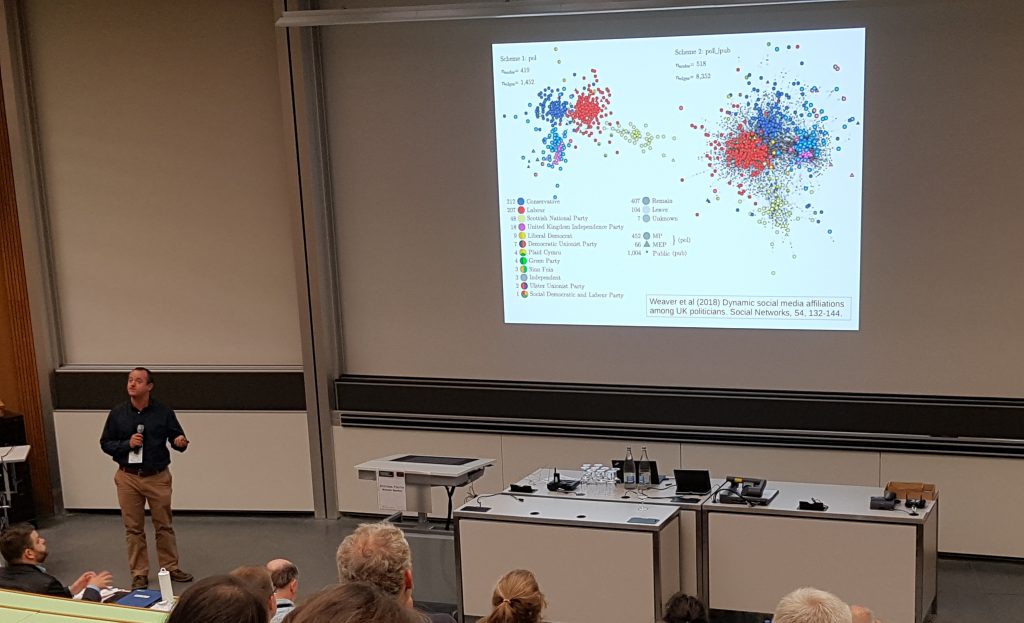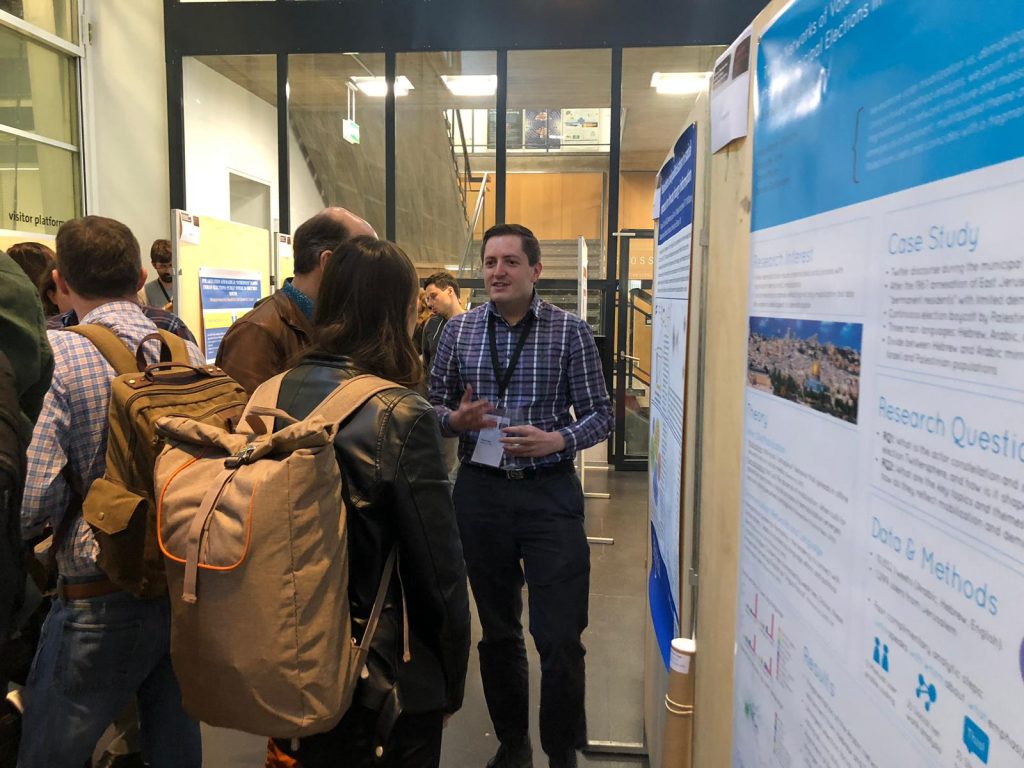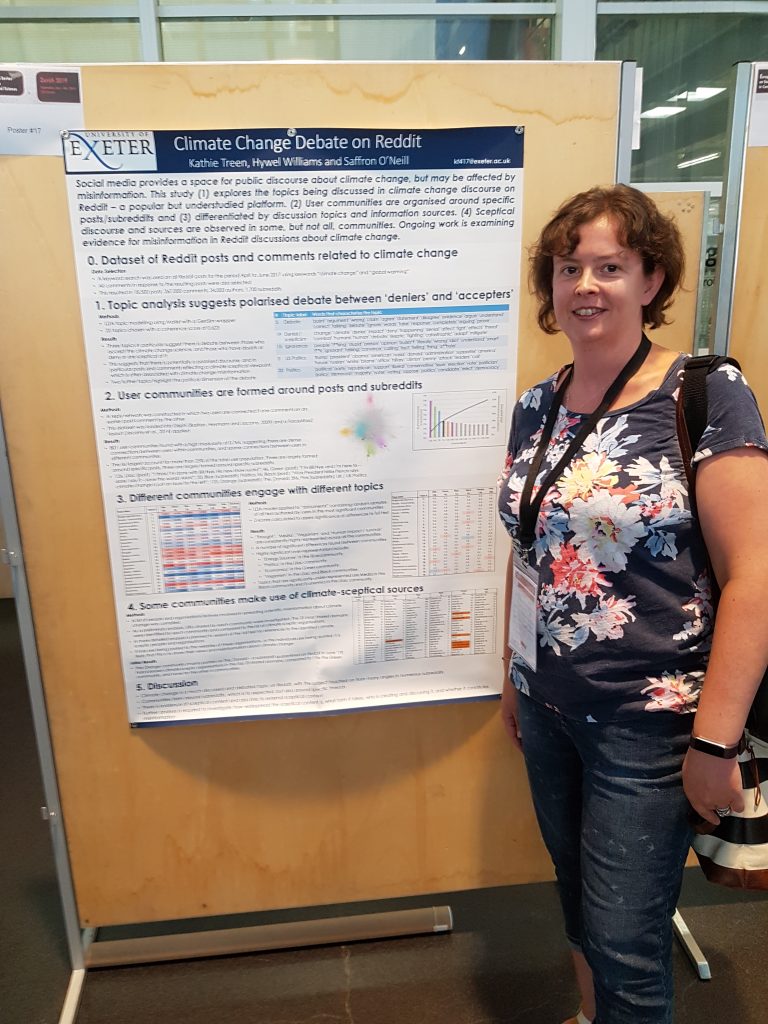A new paper Modularity and projection of bipartite networks is now available online.
This paper investigates community detection by modularity maximisation on bipartite networks. In particular we are interested in how the operation of projection, using one node set of the bipartite network to infer connections between nodes in the other set, interacts with community detection. We first define a notion of modularity appropriate for a projected bipartite network and outline an algorithm for maximising it in order to partition the network. Using both real and synthetic networks we compare the communities found by five different algorithms, where each algorithm maximises a different modularity function and sees different aspects of the bipartite structure. Based on these results we suggest a simple ‘rule of thumb’ for finding communities in bipartite networks.





